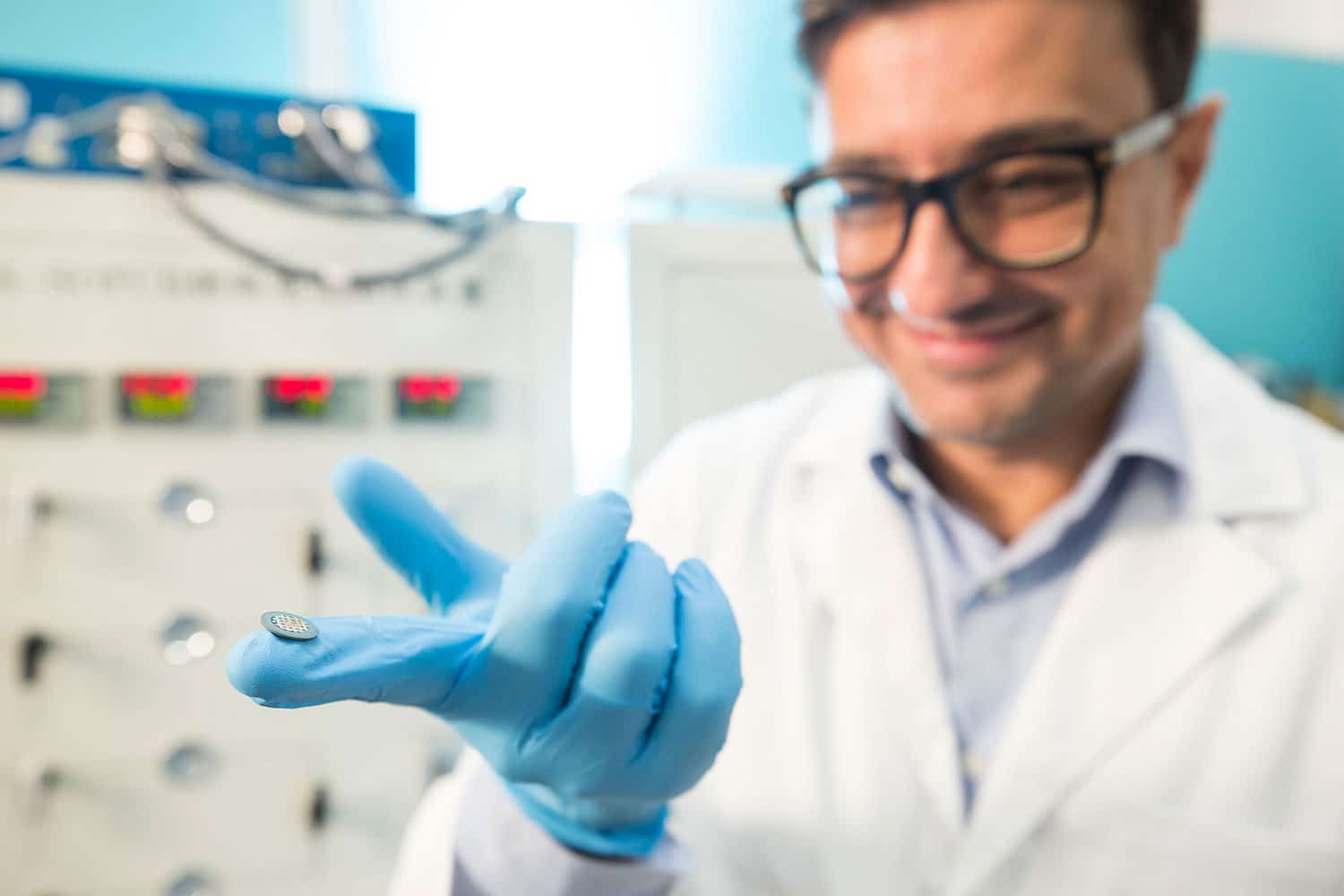
Fuel cells, which convert the chemical energy contained in hydrogen and oxygen molecules into electricity plus heat and water, are environmentally friendly power sources. The new technology in the field, protonic ceramic fuel cells (PCFCs), which are based on proton-conducting electrolytes, are promising because of their low pollutant emissions and high thermodynamic efficiencies. However, the biggest obstacle to the commercialization of PCFCs is the lack of high-performance, low-cost cathode materials.
Currently, cobalt-based perovskites are the most widely used cathode materials. However, the unstable phases, poor thermomechanical compatibility with other PCFC components, high cost, and unsatisfactory performance limit the viability of these materials.
Now, researchers at the Hong Kong University of Science and Technology (HKUST) have designed an innovative iron-based cathode material to achieve record performance for protonic ceramic fuel cells. This marks a significant step forward in the development and commercialization of this promising renewable energy technology.
For their work, the research team combined first-principle simulations, molecular orbital analysis, and experiments to design new, inexpensive ceramic that use cheap elements, such as barium (Ba), iron (Fe), and zirconium (Zr), leading to a PCFC with record performance. The team designed the cathode materials from basic physical-chemical principles and density functional theory.
Through computationally guided optimization, Ba0.875Fe0.875Zr0.125O3-δ (D-BFZ) was identified as the most promising cathode material. Experiments showed that it has an exceptional electrochemical activity to react with oxygen, achieving high peak power density and excellent operational stability.
Furthermore, D-BFZ can be produced using simple synthesis techniques suitable for mass production, which is an important step toward making commercially viable PCFCs.
“PCFC technology could be transformational, and there are many exciting opportunities to develop it further. We will continue to leverage first-principle calculations and experiments to improve the performance of PCFCs. If used reversibly, PCFCs will have a tremendous impact on hard-to-decarbonize sectors, such as siderurgy, ammonia production, and heavy-duty transportation,” said Prof. Francesco CIUCCI, who led the research.
Journal reference:
- Zheng Wang, Yuhao Wang, Jian Wang, Yufei Song, Matthew J. Robson, Arim Seong, Meiting Yang, Zhiqi Zhang, Alessio Belotti, Jiapeng Liu, Guntae Kim, Jongwoo Lim, Zongping Shao, and Francesco Ciucci. Rational design of perovskite ferrites as high-performance proton-conducting fuel cell cathodes. Nature Catalysis (2022). DOI: 10.1038/s41929-022-00829-9
- Giulia Pacchioni. Simulations guide the optimization of fuel cell cathodes. Nature Reviews Materials (2022). DOI: 10.1038/s41578-022-00489-y
Iron-based cathode achieves record performance for protonic ceramic fuel cells
Source: Tambay News

0 Comments